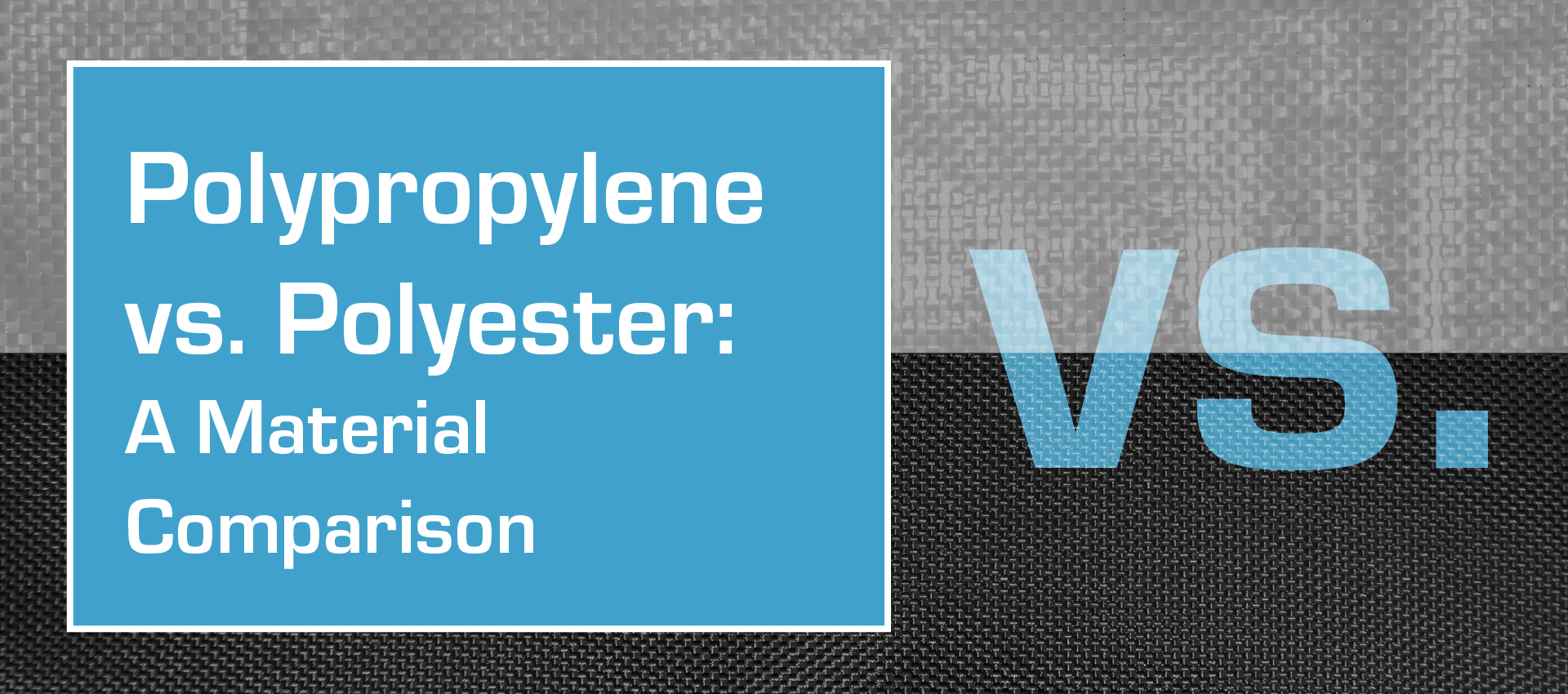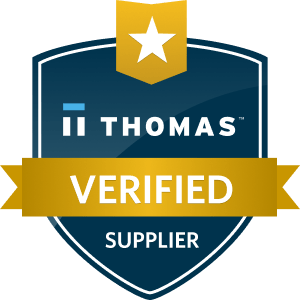The Science of RF Welding: How It Works & Why It’s Effective
What Is RF Welding?
Definition and Terminology
Radio Frequency (RF) welding, also known as dielectric welding or high-frequency welding, is a process that joins materials using electromagnetic energy. Specifically, it uses high-frequency radio waves (typically 13.56 MHz or 27.12 MHz) to create molecular-level bonds in thermoplastic materials. This isn’t a mechanical fastening or glue-based system, it’s a fusion of the material itself.
At Carolina CoverTech, we utilize RF welding to create precise, high-strength seals that are air- and liquid-tight, making it ideal for applications that require durability and leak resistance.
Brief History and Industrial Use
RF welding dates back to the 1940s and was originally developed for bonding PVC and other polymer-based products in the military and medical sectors. As materials science evolved, so did the uses of RF welding. Today, it’s widely used in industries like defense, transportation, medical, aerospace, and industrial containment.
Carolina CoverTech employs RF welding across a variety of client projects where performance, longevity, and dependability are critical. Our focus is on helping our B2B partners create products that solve unique containment, protection, or enclosure challenges.
How Does RF Welding Work?
The Core Principle: Dielectric Heating
The underlying science of RF welding is dielectric heating. In this process, high-frequency radio waves pass through two overlapping thermoplastic layers. These waves cause the molecules in the plastic to oscillate and generate internal heat. The heat softens the material at the contact point, and pressure is applied to fuse the layers together as they cool.
This internal, uniform heating results in consistent, high-quality welds that are often stronger than the original material.
Step-by-Step Process
Here’s how RF welding typically works:
- Material Preparation: Two layers of compatible thermoplastic material are overlapped in the desired bond area.
- Placement in the RF Machine: The materials are positioned between two electrodes or platens.
- Radio Frequency Activation: The machine emits RF energy through the electrodes, causing dielectric heating at the interface.
- Pressure Application: The electrodes apply mechanical pressure during and after heating to ensure a solid bond.
- Cooling and Finishing: The RF energy is turned off, the materials are allowed to cool under pressure, and the finished piece is removed.
At Carolina CoverTech, our experienced team ensures every step of the process is optimized for your specific material and performance requirements.
Compatible Materials
RF welding is highly effective for materials with polar molecular structures. Common compatible materials include:
- Polyvinyl chloride (PVC)
- Thermoplastic polyurethane (TPU)
- Polyethylene terephthalate glycol (PET-G)
- Ethylene-vinyl acetate (EVA)
If your product involves materials outside this list, our engineers can evaluate and recommend the best course of action, including material substitution or combining RF welding with other fabrication methods like industrial sewing or rigid-to-flexible conversions.
Why RF Welding Is So Effective
RF welding stands out because it offers a combination of strength, precision, and cleanliness that’s difficult to match with other bonding methods. Here's why it’s often the preferred solution:
Seam Integrity
RF welds are airtight and watertight, ideal for leak-critical products.
Repeatability
Automated RF machines create uniform welds with minimal variation.
No Added Adhesives
Eliminates risks related to glue failures, contamination, or off-gassing.
Clean Process
There's no smoke, fumes, or residue, making it safer and more environmentally friendly.
Versatile Design Capabilities
RF welding works well for both flat and three-dimensional designs.
For mission-critical products that must perform under pressure, RF welding delivers dependable results.
RF Welding vs. Other Bonding Methods
RF Welding vs. Heat Sealing
While heat sealing also bonds thermoplastics using heat and pressure, it does so through external heating elements. This can cause uneven heat distribution, which may weaken the bond or damage the material.
RF Welding Advantages:
- More uniform heat generation
- Stronger, cleaner seals
- Greater control over bonding area
- Better for intricate shapes or designs
RF Welding vs. Industrial Sewing
Sewing is suitable for many fabric applications, but has limitations for containment or leak resistance. Stitches inherently create holes, which can compromise watertight or airtight performance.
RF Welding Advantages:
- No perforations in the material
- Completely sealed edges
- Higher durability under pressure or fluid exposure
- Sleeker appearance and better ergonomics
That said, Carolina CoverTech often combines RF welding and industrial sewing to meet specific design goals, especially when aesthetics and function must align with real-world challenges.
Common Applications for RF Welding
RF welding has a broad range of uses, particularly in sectors where performance and compliance matter:
List of Services
-
Medical ProductsList Item 1
Fluid containment bags, cushions, bladders, and support systems
-
Military GearList Item 2
Inflatable shelters, bladder tanks, and transport covers
-
Industrial EquipmentList Item 3
Spill containment berms, liners, and flexible ducting
-
TransportationList Item 4
Protective enclosures, sealed curtains, and cargo restraints
-
Outdoor and Safety Gear
Tarps, PPE barriers, inflatable flotation systems
Why Choose Carolina CoverTech for RF Welding?
Choosing the right contract manufacturing partner is just as important as choosing the right fabrication process. Here’s why clients trust Carolina CoverTech with their RF welding needs:
- Decades of Experience: We've been solving complex product challenges for over 60 years.
- Advanced Equipment: Our modern RF welding equipment ensures consistency and scalability.
- Engineering Expertise: From design to production, our team can transform your ideas into manufacturable, high-performance products.
- Material Flexibility: We understand how to work with a range of thermoplastics to meet diverse industrial needs.
- End-to-End Partnership: From prototyping to full-scale production, we provide transparency, speed, and reliability at every step.
Our mission is to make life better for our partners by delivering optimized products that cover, protect, contain, and enclose. If your next product needs strength, precision, and long-term performance, RF welding might be the answer, and Carolina CoverTech is ready to help you build it. We’ll get it done.




